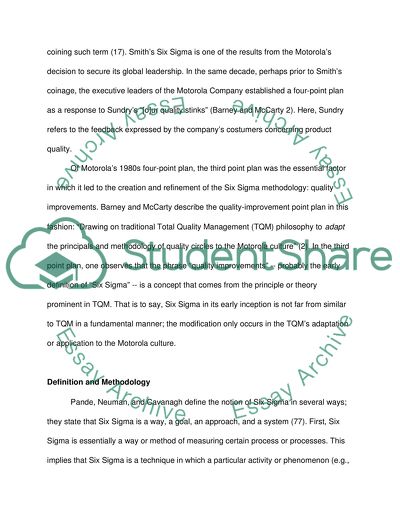Cite this document
(“Six Sigma Research Paper Example | Topics and Well Written Essays - 2500 words”, n.d.)
Retrieved from https://studentshare.org/family-consumer-science/1408584-six-sigma
Retrieved from https://studentshare.org/family-consumer-science/1408584-six-sigma
(Six Sigma Research Paper Example | Topics and Well Written Essays - 2500 Words)
https://studentshare.org/family-consumer-science/1408584-six-sigma.
https://studentshare.org/family-consumer-science/1408584-six-sigma.
“Six Sigma Research Paper Example | Topics and Well Written Essays - 2500 Words”, n.d. https://studentshare.org/family-consumer-science/1408584-six-sigma.


